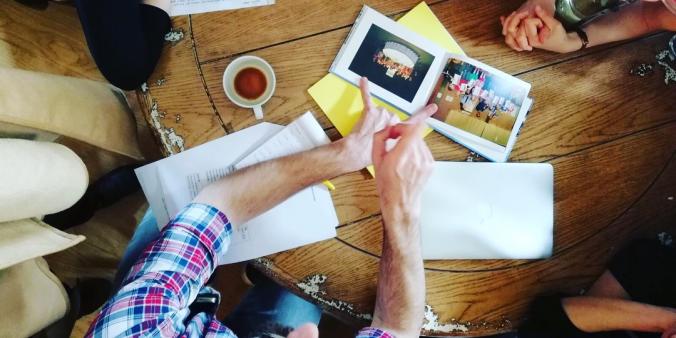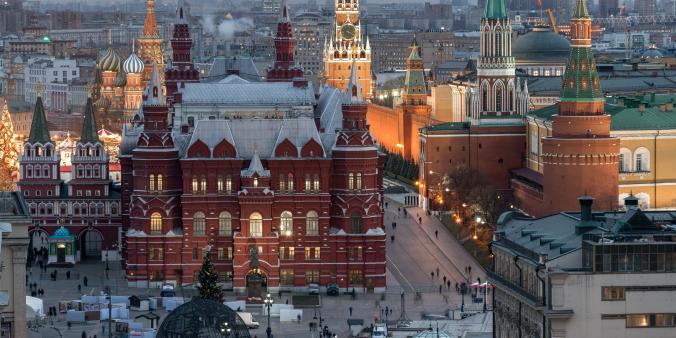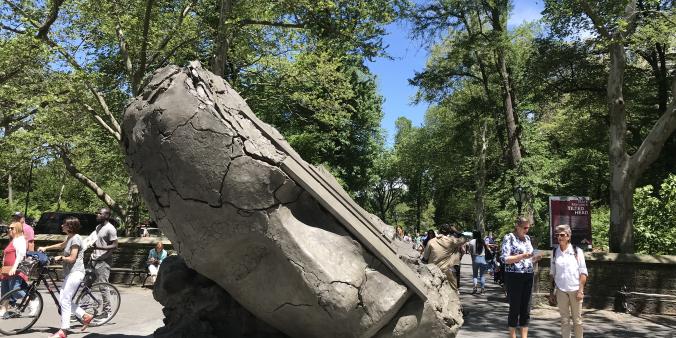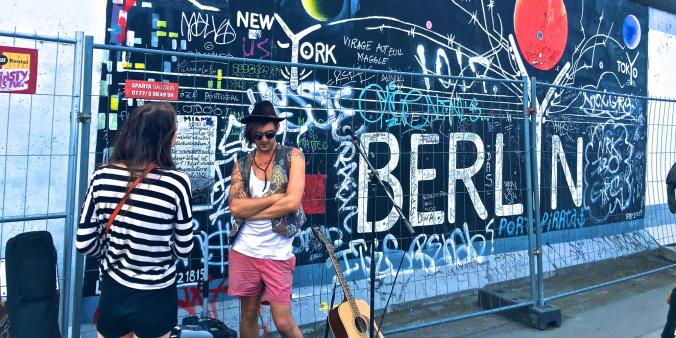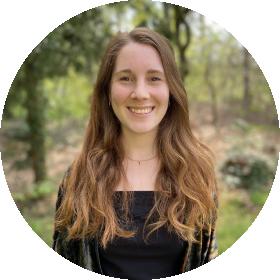
In this series of interviews, we ask cultural attachés holding office in the focus countries of the International Cultural Policy of the Netherlands about their experiences. How do these attachés help Dutch art and culture? What were their expectations when they were posted abroad, and what challenges have they faced? Last in this series an interview with Hanna Oosterbaan (31), cultural attaché at the Dutch embassy in Brussels. In this interview, she talks about the relevance of the Verve art programme and its theme of research-based art, how our southern neighbours relate to the Dutch cultural sector, and Belgium as a springboard for an international career.
Verve
The Dutch embassy in Belgium launched the Verve programme in the autumn of 2019, with the goal of strengthening the position of the Dutch cultural sector in this neighbouring country. A programme jointly created by Fonds Podiumkunsten, Het Nieuwe Instituut, Mondriaan Fonds, the Dutch embassy in Brussels and DutchCulture, the theme of Verve was research-based art: that is, art as a result of an international collaboration between scholars, scientists, theorists and artists.
“There is already a lot going on between the Netherlands and Belgium in the area of culture, but this was the first time that the focus was on research-based art, which usually doesn’t receive all that much attention,” says cultural attaché Hanna Oosterbaan. “We challenged ourselves to go off the beaten path. The programme gave new, multidisciplinary makers from the Netherlands room to experiment. We really had the time to invest in building deeper connections between the makers. As the cultural attaché I, together with my team and the rest of the embassy, put a lot of time and effort into the programme. The combination of art and research resulted in beautiful works, even more works than we expected. I thought it was really special to see how makers actively engaged each other in discussion about how the art sector should deal with diversity in the near future. This led to an international dialogue between makers, scholars and local residents.”

Close ties
The programme, which took place in several Belgian cities, resulted in a wide variety of works. Some examples: the collaboration between FIBER/Amsterdam and KiKK Festival in Namur, with the interactive installation The Intimate Earthquake Archive by artist Sissel Marie Tonn. Here, data about the Groningen earthquakes from the Netherlands Meteorological Institute were translated into a physical experience. Using a special vest, visitors were able to feel and experience the vibrations of the Groningen earthquakes.
For their short film Arise, Lotte Geeven and Yeb Wiersma researched the power and danger of music when used to influence mass gatherings of people. In collaboration with the Iranian composer Kaveh Vares, they studied and deconstructed the national anthems of the native countries of some of Mechelen’s inhabitants. The artist Claudy Jongstra researched the historical meanings of the colour black for her Back to Black research project, which resulted in three black cloaks by fashion duo Viktor & Rolf, for which the fabric and textures were created by Jongstra. Thanks to Verve the cloaks are now on display in Museum Hof van Busleyden in Mechelen.
“Dutch and Flemish cultural institutions have had close ties for a long time,” says Oosterbaan. “That’s partly because we share a language. Even so, those ties are not always visible to the public, and that’s what we are trying to change through programmes like Verve. Arise is a good example of a work that would never have been created otherwise, because the makers were given all the time and room they needed. That was the feedback they gave afterwards – how valuable it was to have this opportunity to really immerse themselves in a project.”
In the spotlight
“Some projects had been brewing for a while, like Back to Black by Claudy Jongstra and Viktor & Rolf, or Vergeten (‘Forgetting/Forgotten’), a performance by the Netherlands Chamber Choir inspired by dementia and medicinal music, with lyrics by Spinvis. A very special project.” One of the highlights, according to Oosterbaan, was the installation-cum-performance Bodega Exchange by Malique Mohamud: “He transformed a 24-hour shop in Rotterdam into an interactive museum with podcasts and mixtapes that were produced during the exhibition. The intention was to help visitors understand each other better by means of stories about the various products for sale in the shops, from Moroccan tea and energy drinks to exotic hair products.”
Although many successful collaborations between Dutch and Flemish cultural institutions already exist – examples include Toneelgroep Amsterdam and the Royal Museum of Fine Arts in Brussels, which has opened a wing dedicated to the works of Dutch Masters – the cultural attaché is also attempting to swing the spotlight on areas where collaboration is more of a challenge. “Makers often have plans ready; we mainly help them by pointing out possible partnerships and by organising network meetings to bring Belgians and Dutch makers together. By making it easier for institutions and makers to link up, it’s easier for the makers to get going here in Belgium.”
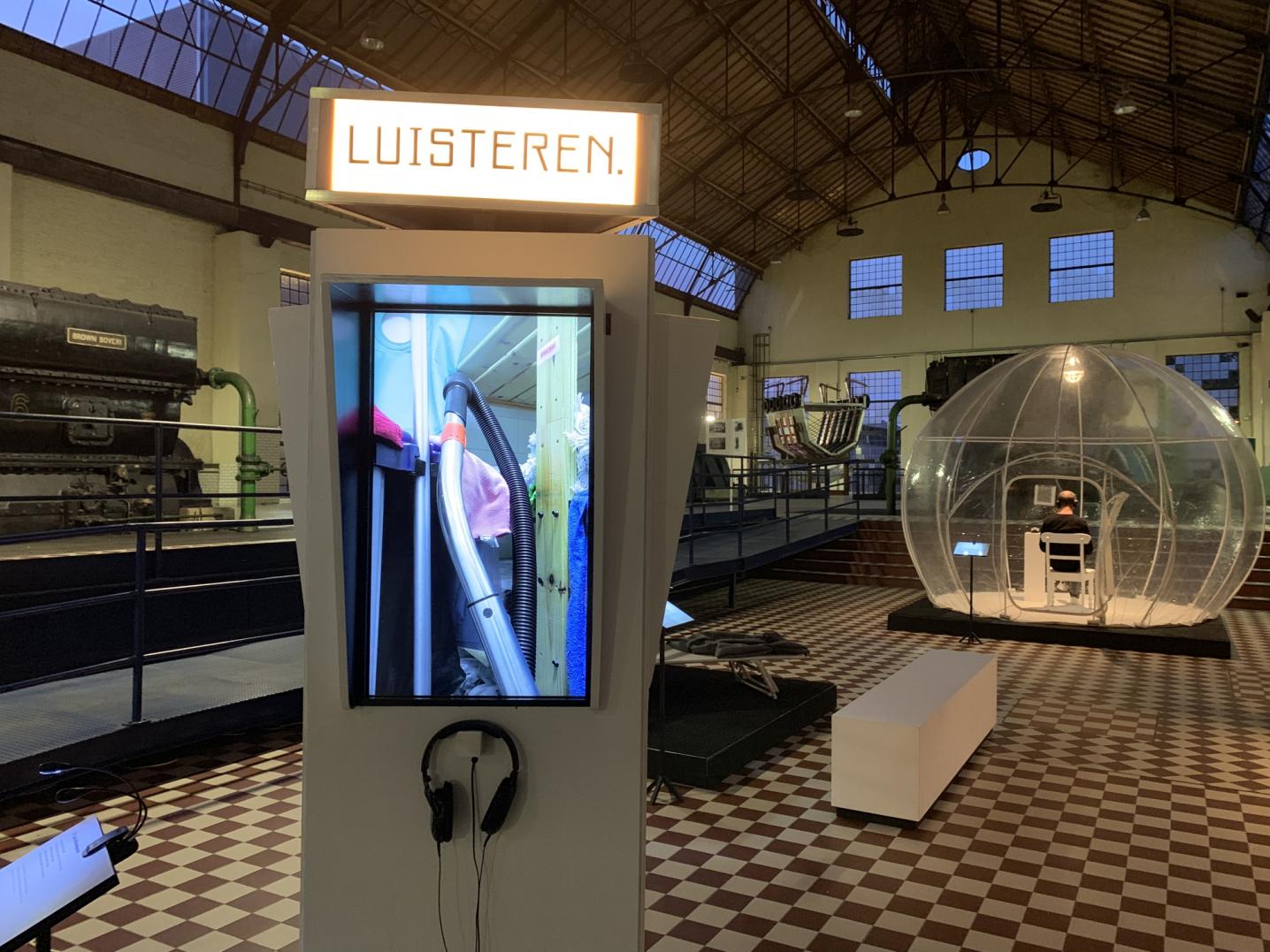
Building bridges
The Dutch embassy has also set up its own programme aimed at linking up Flemish and Dutch architects: Young Promising Architects. “We noticed a desire for stronger connections between these two groups, and decided to do something about it. Young Belgian and Dutch architects have now been collaborating on exciting design commissions for three years,” Oosterbaan says.
Oosterbaan has lived in Brussels for the past five years, together with her husband, who also works there. “Every day I cycle to work on my electric bicycle, which is a bit daunting since cycling is not as normal here as in the Netherlands.” She describes her job as “the most fun job in the entire embassy”. “My work is so diverse. From classical concerts to modern art, dance and film festivals: I often deal with a cross-section of the entire cultural sector in a single day, and that makes my work so varied. No day is ever the same. I want to build bridges between the embassy and new expressions of art. And I enjoy adapting to the Belgians while staying true to myself. Since I moved to Brussels, I have become more patient, less hurried, and I’m still straightforward, but in a different way. That’s helpful both professionally and in my private life.”
The cultural attaché’s tasks also include informing Dutch makers about the administrative systems and social codes in Belgium, which are not quite the same as in the Netherlands. “Belgians generally tend to have a much more wait-and-see attitude. You really have to invest in personal relationships here. First have lunch together, and only then show your work, for example. Those kinds of things are useful to know. Culture is not centrally organised here like it is in the Netherlands, there is no single cultural fund that you can apply to for a grant. Each part of Belgium has its own way of organising things, and that is something you need to be aware of. Personally, I find it a fun challenge to figure out how to navigate that. Here, you need to know the right paths to take.”
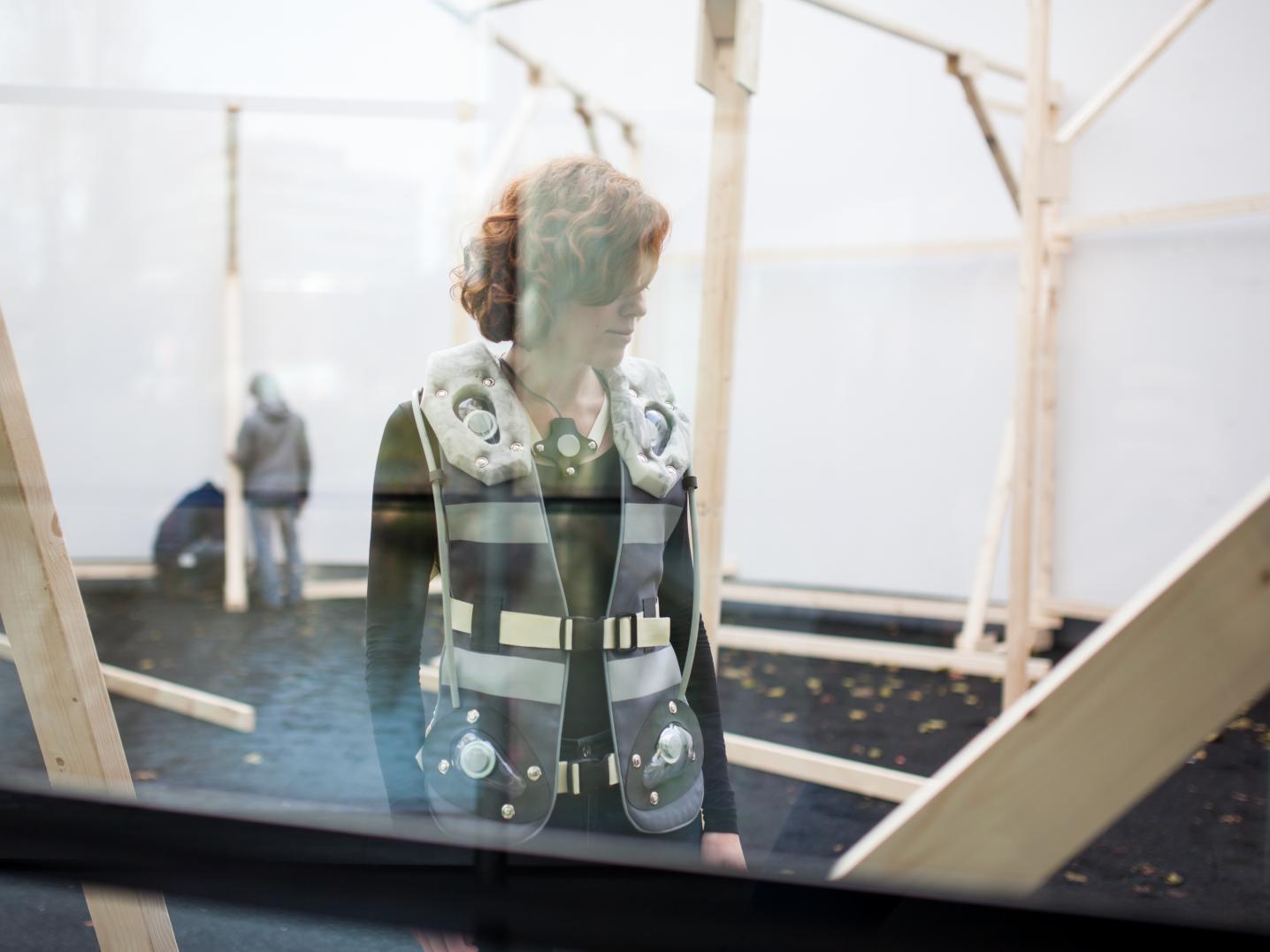
Springboard
What else is so motivating about the work of the cultural attaché in Belgium? “This country is a springboard for young Dutch talent, who often take their first steps on the international stage here. It is very satisfying to be able to help this group progress. The impact of the cultural attaché’s work is not always directly visible, but in the long term you often see that the international careers of Dutch makers began in Belgium. A great example of this springboard effect is Surinamese/Dutch writer and theatre maker Emma Lesuis, also part of Verve, who is currently the talk of the town in Belgium with her theatre performance Aardappelbloed, and is a popular guest on Belgian radio and TV. I am very proud that we were able to help her on her way, through our programme.”
Collaboration
Oosterbaan is also proud of all the collaborations that emerged during Verve, and of the social impact that the programme has had: “Each of the makers really sought to connect with their environment, allowing everyone to enjoy it and inspiring them to think about the works, even local residents who do not usually have much interaction with art and culture. I find it an honour for us, the Dutch embassy, to be able to participate in such a progressive programme. That the Koninklijk Concertgebouworkest Amsterdam plays full houses in the Bozar in Brussels several times a year is a wonderful calling card of Dutch culture, but with programmes like this one we want to show that art is about so much more. Verve enabled us to show this to a broad audience.”
Belgium is the third export country for Dutch culture, after the USA and Germany. “The number of grant applications from Dutch artists in Belgium has grown in recent years,” Oosterbaan notes. “It is a pity that we can’t approve them all, because so many beautiful works are being made. Verve has resulted in partnerships from which we can certainly expect spin-offs in the future. It was absolutely and completely worth the effort.”

Check out the complete overview of Dutch cultural activities in Belgium in our database. If you are a cultural professional who wants to go to Belgium, feel free to contact our Belgium advisor Renske Ebbers.
This is article is part of our series of interviews with Dutch cultural attachés. For the other interviews click on the links below.



